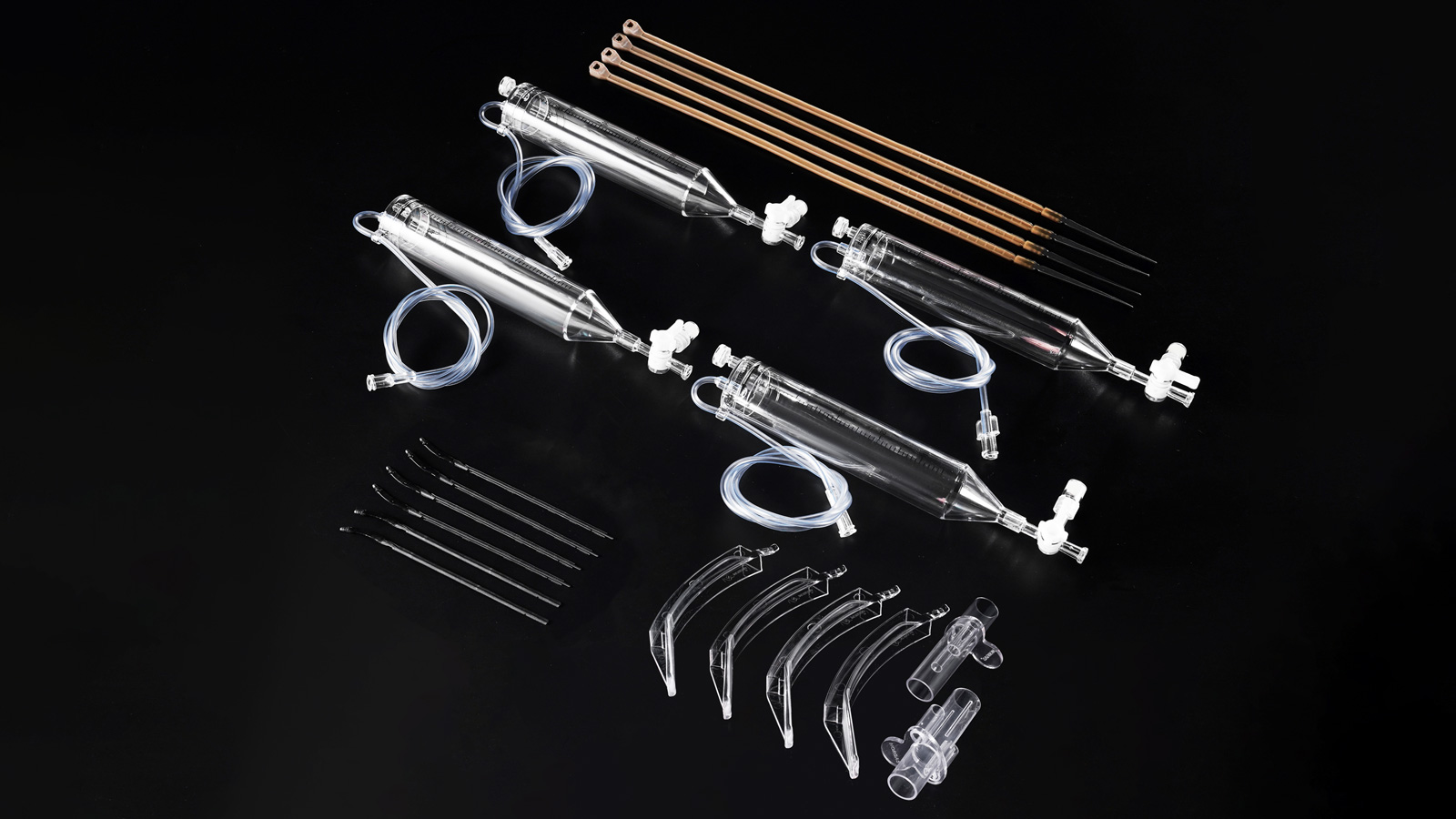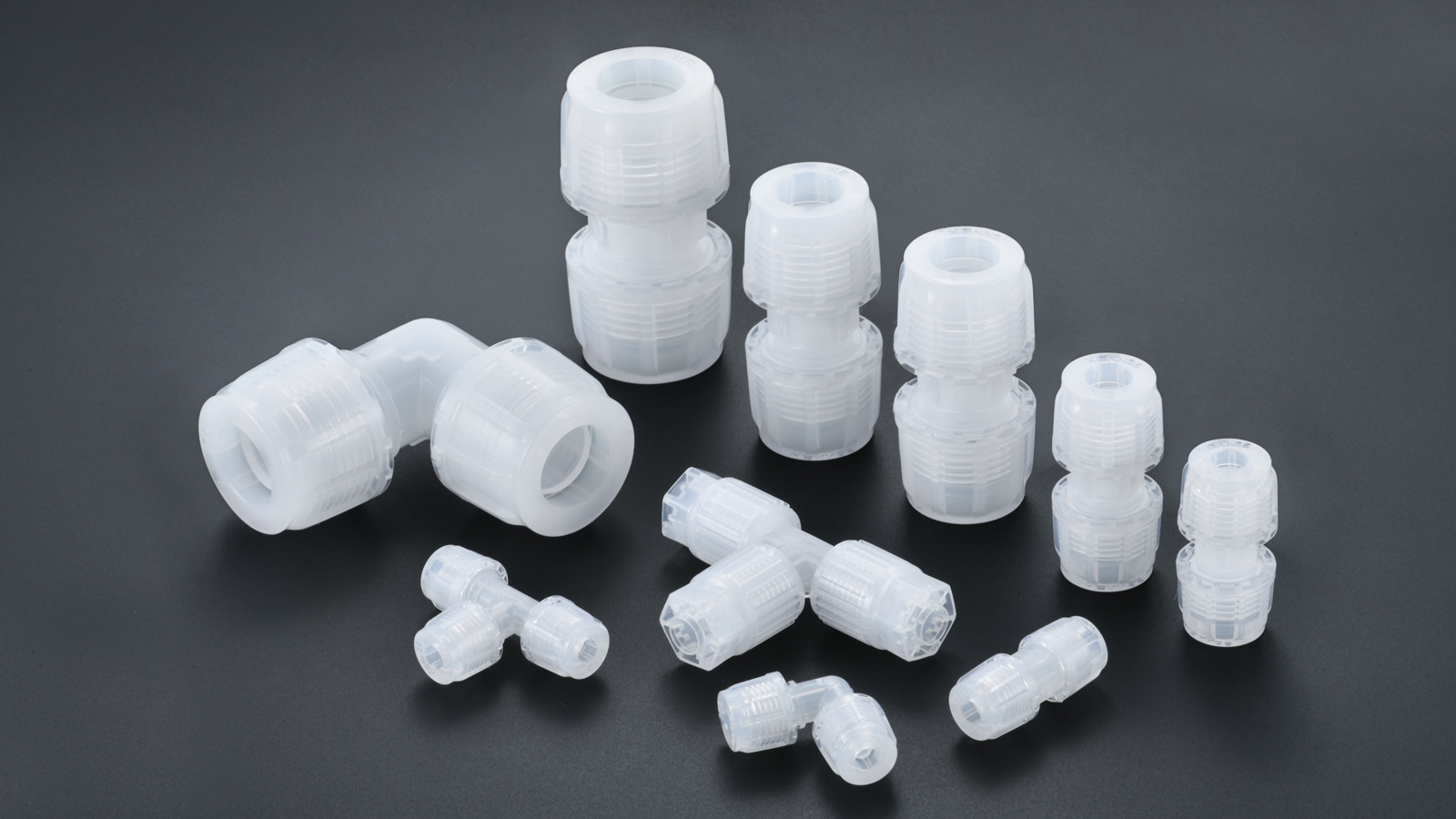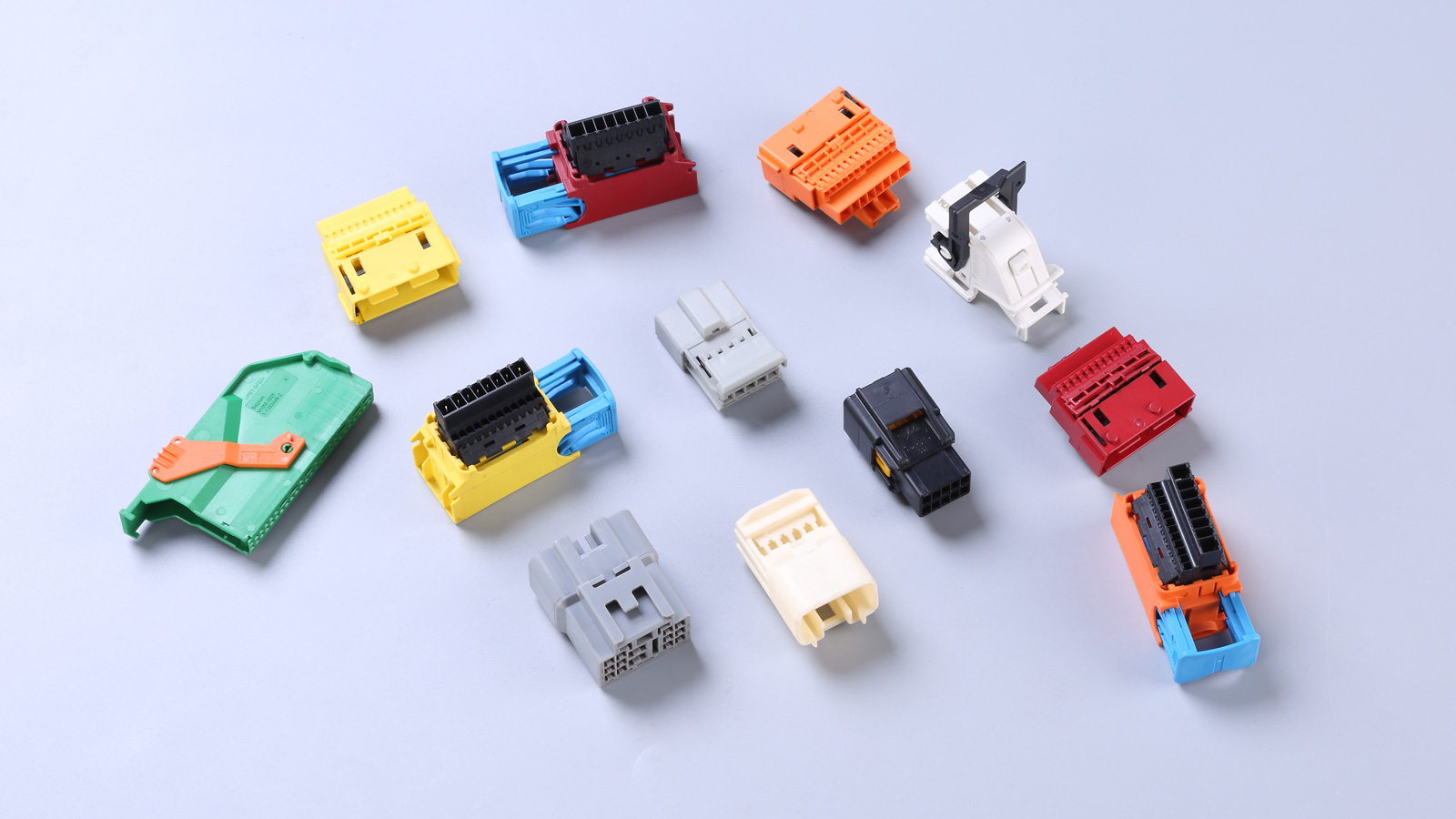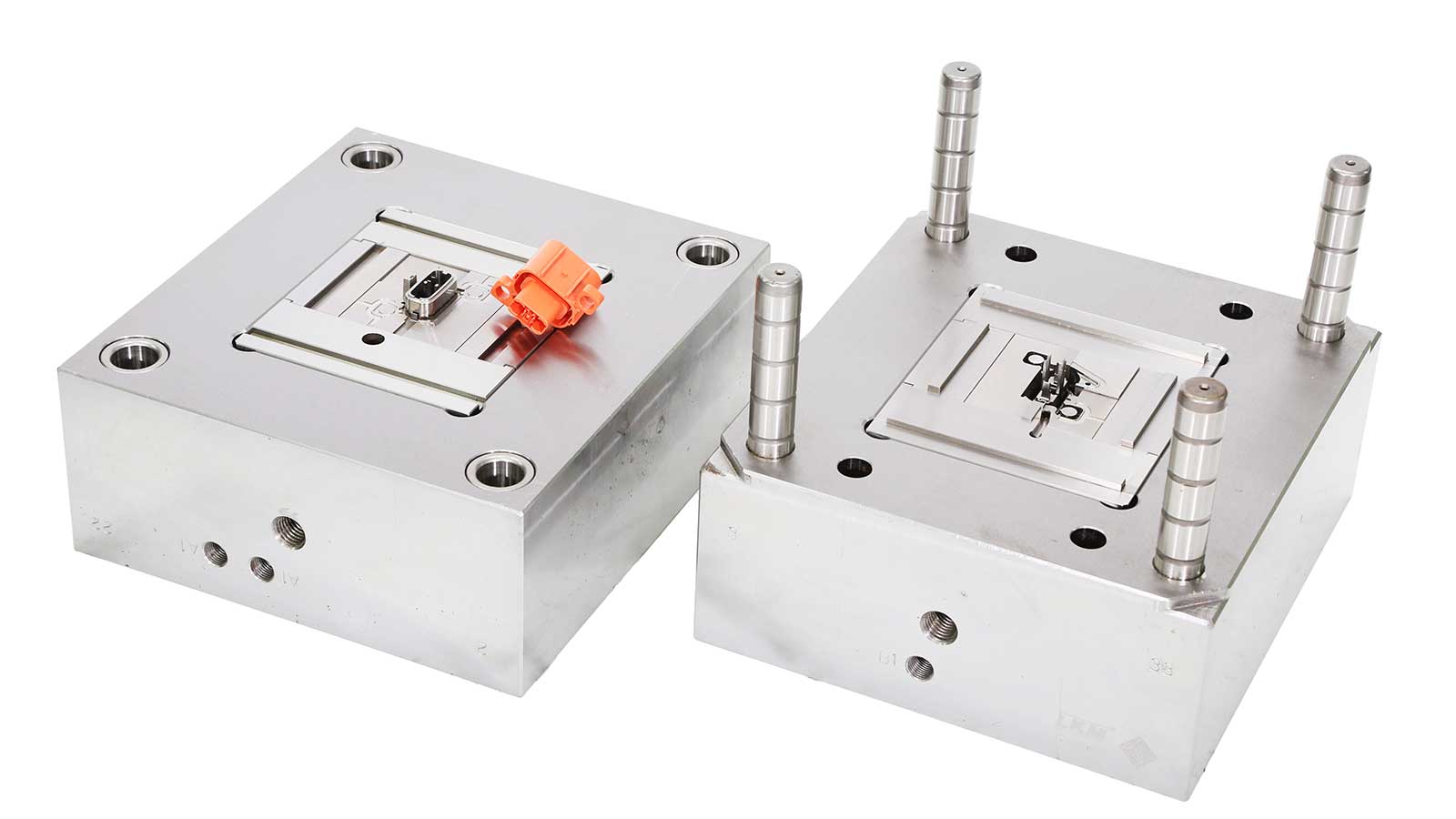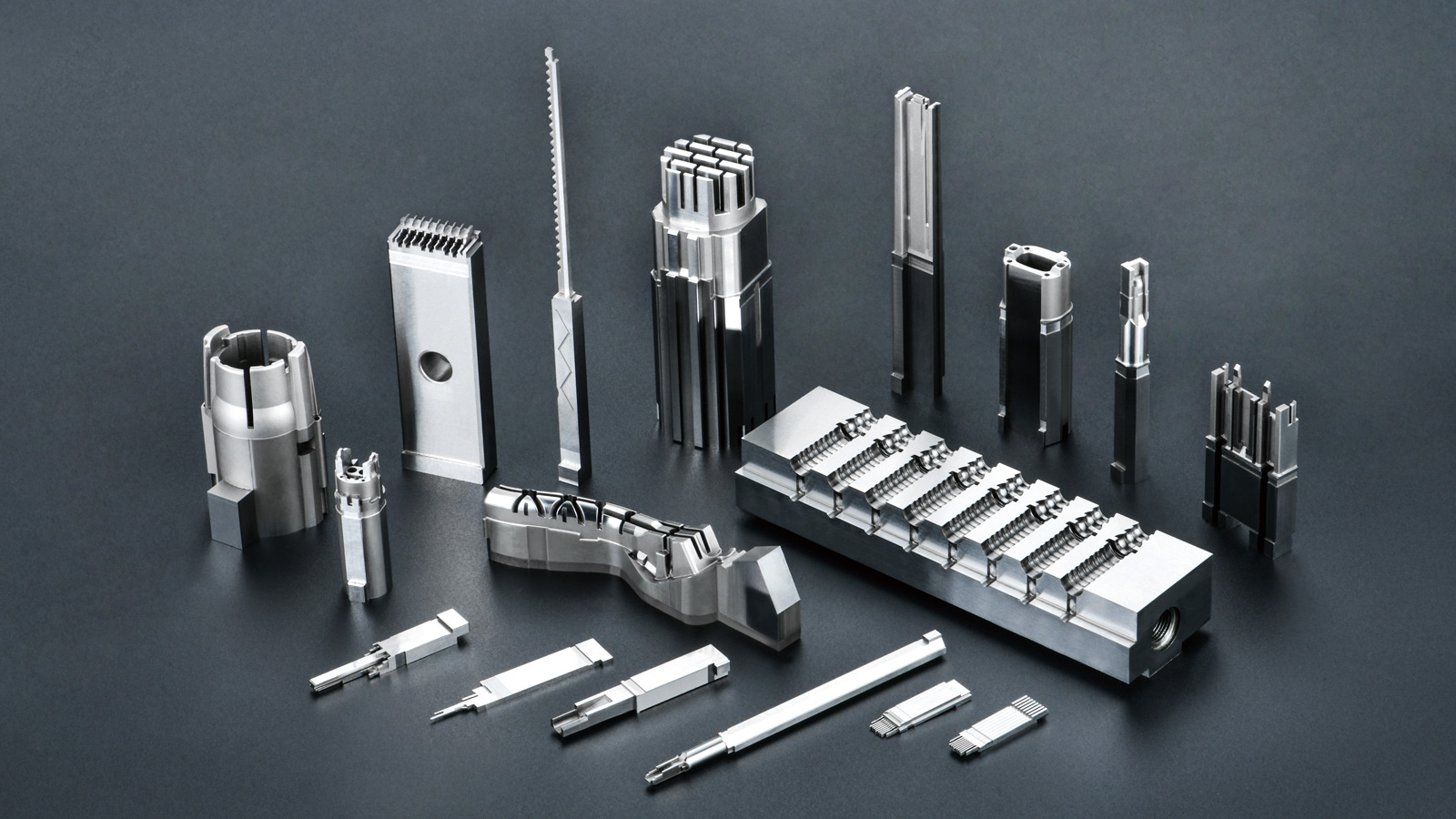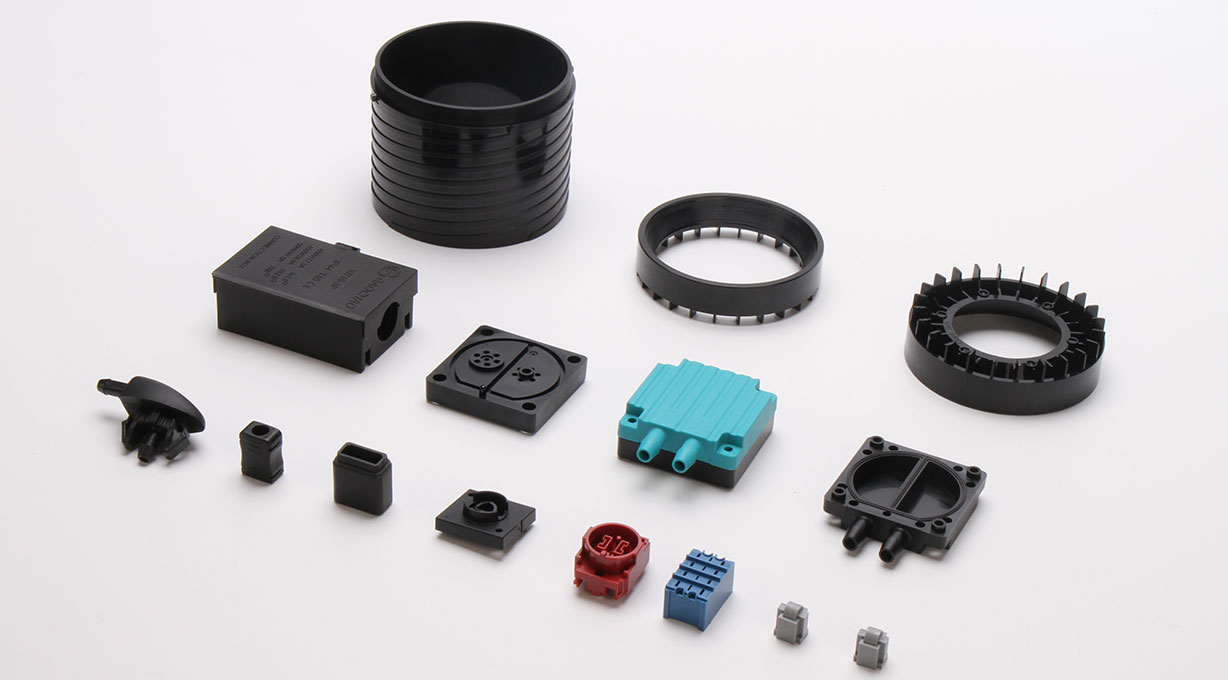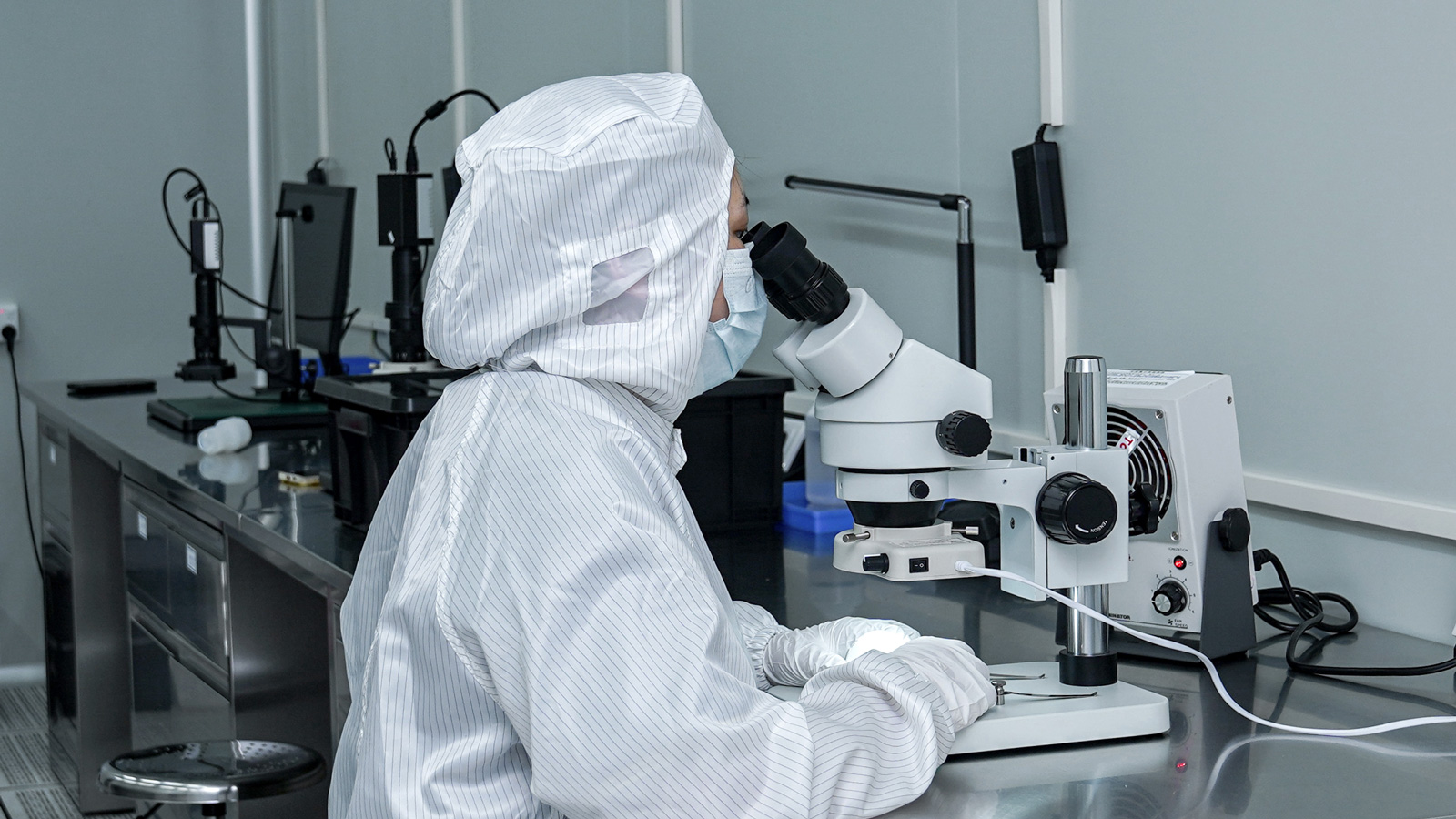In the field of injection mold design, the design of thread injection molds holds significant importance, as its design results are directly related to the assembly effect and usage performance of products. Thread design can either be directly formed in the mold or undergo secondary processing after product formation. For threaded components that require frequent disassembly or are subject to heavy loads, a series of key principles should be followed during thread design to ensure product quality and reliability. Meanwhile, there are various ejection methods for thread injection molds, each suitable for different production scenarios and product requirements.
Design Principles of Thread Injection Molds
- Pitch and Size Limitations: When designing threads, it is advisable to avoid using threads with a pitch less than 0.75 millimeters. Also, avoid setting the maximum available thread size to 5 millimeters. An excessively small pitch can lead to precision issues during processing, while specific size limitations help ensure the strength and stability of the threads to meet actual usage requirements.
- Considerations for Long Thread Formation: Given that plastics undergo deformation during cooling and shrinkage, to prevent pitch deformation, it is recommended to avoid directly forming long threads. If long threads must be formed, special processes or structural designs should be adopted to address the shrinkage problem and ensure thread dimensional accuracy.
- Tolerance Matching with Plastic Shrinkage: The tolerance design of threads should fully consider the plastic shrinkage characteristics. Avoid setting tolerances smaller than the plastic shrinkage amount. If the tolerance is too small, after plastic shrinkage, the threads may not assemble properly or may get stuck, affecting the product’s functionality.
- Gap Setting for Internal and External Threads: When internal and external threads are matched, the gap should be controlled between 0.1 – 0.4 millimeters. An appropriate gap ensures smooth assembly and disassembly of the threads while preventing issues such as looseness or wobbling during product use, which could affect assembly precision and stability.
- Position of Thread Teeth and Installation of Polishing Rods: Thread teeth should not extend to the end of the product. A polishing rod of approximately 0.8mm should be installed at an appropriate position. The installation of the polishing rod not only facilitates the processing operations of the injection mold but also effectively extends the service life of the threads by reducing wear during use.
- Parting Surface Design Requirements: In the design of some products similar to bottle caps, the spacing of parting surfaces should be reasonably designed. On one hand, the spacing should be as large as 1.5 millimeters to ensure sufficient space during mold opening and closing and prevent interference. On the other hand, the spacing should be as small as 3.0 millimeters to ensure the product’s sealing and overall strength. At the same time, the parting surface should have a flat area of at least 0.8mm to facilitate mold processing and assembly.

Ejection Methods for Thread Injection Molds
- Forced Ejection: The forced ejection method mainly relies on the elasticity of the plastic component itself or the elastic properties of an elastic thread core to achieve demolding through forced disassembly. This method is usually suitable for semi-round coarse threads made of soft plastics with low thread precision requirements and small depths. Adopting the forced ejection method can simplify the structural design of the injection mold, reduce mold manufacturing costs, and improve production efficiency. However, the forced ejection process may cause certain damage to the threads, affecting their service life and assembly precision.
- Manual Ejection: During manual ejection operations inside the injection mold, a special tool with a square hole is required to remove the thread core, and then a disassembly mechanism is used to take the plastic part out of the cavity. During the ejection stage, first, use a movable thread core or ring. After the mold is opened, pull out the mold and the plastic part together, and then manually loosen the plastic part from the thread core or ring. The manual ejection method is relatively flexible in operation and is suitable for small-batch production or products with high thread precision requirements. However, this method has low production efficiency, requires high skill levels from operators, and involves relatively high labor intensity.
- Mechanical Ejection: Mechanical ejection converts the reciprocating motion of mold opening and closing into rotational motion through specific mechanical devices to achieve the detachment of the threads from the plastic part. This ejection method has high production efficiency and can meet the needs of large-scale production. However, the mold structure for mechanical ejection is relatively complex, involving the coordinated work of multiple mechanical components, so the manufacturing cost is relatively high. At the same time, the maintenance and upkeep of the mold are also more difficult, requiring professional technicians for operation.
